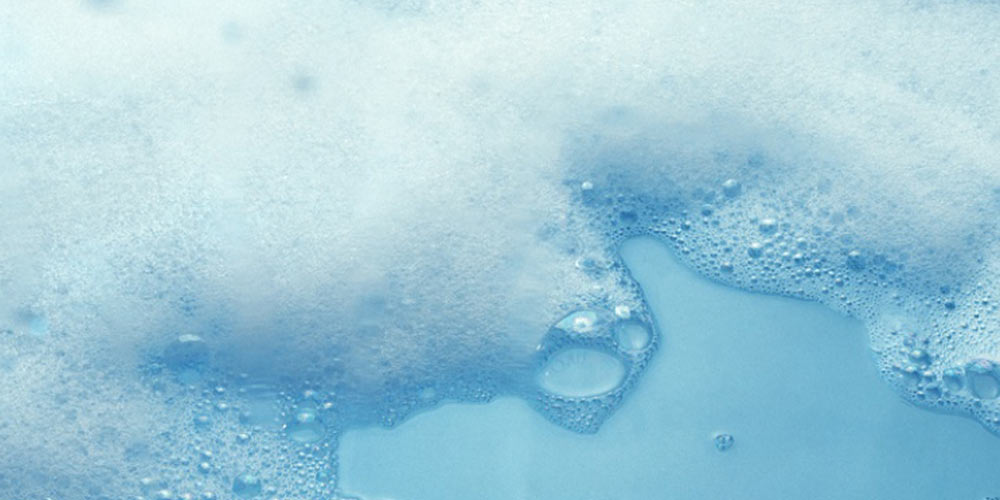Choosing the Right Defoamers for Your Industry Needs
Choosing the Right Defoamers for Your Industry Needs
Blog Article
The Duty of Defoamers in Enhancing Item High Quality and Efficiency
Defoamers serve as vital ingredients that reduce this concern, making sure smoother manufacturing process while improving the aesthetic and functional attributes of the final products. The choice of the suitable defoamer can be critical to achieving ideal results, raising important inquiries about formulation compatibility and efficiency metrics that merit more exploration.
Recognizing Defoamers
Understanding the role of defoamers is essential for preserving product top quality across numerous sectors. Defoamers are chemical additives created to stop the development and minimize of foam in liquid systems, which can negatively affect procedures such as mixing, filling, and surface tension. Frothing can bring about ineffectiveness, item defects, and compromised visual allure, making defoamers a vital part in making operations.
In industrial applications, defoamers assist to boost item uniformity and stability. In the paint and coverings industry, foam can conflict with the application procedure and the final coating. Similarly, in food and beverage production, extreme foam can impede bottling and packaging performance (defoamers). The effective use defoamers not only ensures smoother manufacturing procedures yet likewise contributes to premium product efficiency.
Furthermore, the option and formulation of a defoamer must straighten with specific application needs, such as compatibility with various other ingredients, efficiency under varying temperature and pH problems, and possible governing restraints. Eventually, comprehending defoamers' functions and their relevance in various formulas is essential for maximizing manufacturing and guaranteeing the best final result.
Kinds Of Defoamers
Defoamers can be categorized right into several kinds based on their make-up and device of action. The primary kinds include silicone-based, non-silicone natural, and not natural defoamers.
Silicone-based defoamers are amongst one of the most effective, mostly as a result of their capacity to spread out rapidly on the fluid surface and interfere with foam development. Their one-of-a-kind chemical structure allows for remarkable stability, making them ideal for high-temperature applications and settings with varying pH levels.
Non-silicone organic defoamers, often made up of all-natural oils or fatty acids, are valued for their biodegradability and lower poisoning. These are normally utilized in food and drink applications where security and ecological impact are critical.
Inorganic defoamers, that include substances like talc or calcium carbonate, act by enhancing the density of the liquid, thereby minimizing foam security. They are frequently made use of in commercial procedures where compatibility with various other products is not a problem.
Each kind of defoamer has unique benefits and limitations, permitting tailored solutions depending on the details lathering problems come across in numerous applications. Recognizing these differences is critical for enhancing efficiency and achieving preferred product high quality.
Applications Across Industries
Numerous sectors leverage defoamers to enhance item quality and functional performance. In the food and beverage sector, defoamers are important in processes such as brewing and milk manufacturing to stop foam development, which can bring about inadequacies and product incongruity. By regulating foam, makers can make certain far better return and a much more uniform product.
In the pharmaceutical sector, defoamers play an essential duty in the formulation of fluid drugs, where too much foam can hamper blending and precise dosing. Their usage assists keep the stability of the formulas and assists in smoother manufacturing procedures.
The paint and finishes sector find likewise depends on defoamers to improve the efficiency of items throughout application. By minimizing foam, these additives make sure a smoother finish and boost the visual qualities of the last item.

Advantages of Using Defoamers
While the application of defoamers differs across industries, their advantages continually boost item top quality and process effectiveness. One substantial benefit is the decrease of foam formation during manufacturing procedures, which can otherwise result in manufacturing delays and variances in product high quality. By reducing foam, defoamers allow a smoother flow of products, helping with more effective procedures and reducing the likelihood of tools breakdowns.
Additionally, the usage of defoamers can improve the look and structure of end products. In fields such as layers, paints, and food processing, too much foam can jeopardize the aesthetic appearances and total quality, while the proper defoamer application makes certain a consistent coating and desirable characteristics. Defoamers can contribute to set you back financial savings by lowering waste throughout production and optimizing the use of raw materials.

Selecting the Right Defoamer
Selecting the ideal defoamer is crucial for optimizing manufacturing processes and guaranteeing product top quality. The selection of defoamer influences not just the efficiency of foam control however likewise click for info the total efficiency qualities of the end product. Variables to consider consist of the type of application, the chemistry of the formula, and the ecological conditions under which the item will be made use of.
Various markets may need certain defoamer types, such as silicone-based, organic, or polymeric defoamers. Understanding the compatibility of the defoamer with the primary active ingredients is necessary to prevent damaging responses that can compromise item stability. Additionally, the defoamer's efficiency in different temperatures and pH degrees should be reviewed to make certain regular efficiency.
Examining the defoamer in small-scale applications can supply useful understandings into its efficiency and viability. Factor to consider of regulative compliance, specifically in food, drugs, and cosmetics, is extremely important in selecting a defoamer. Eventually, an extensive analysis of these elements will certainly cause the choice of a defoamer that not just regulates foam effectively but also boosts the quality and performance of Look At This the end product.
Final Thought

In conclusion, defoamers are vital additives that significantly boost product quality and efficiency across different industries. The strategic option and application of defoamers lead to cost financial savings, enhanced source use, and enhanced client contentment.
Lathering can lead to ineffectiveness, item issues, and endangered visual charm, making defoamers a vital part in making procedures.
Report this page